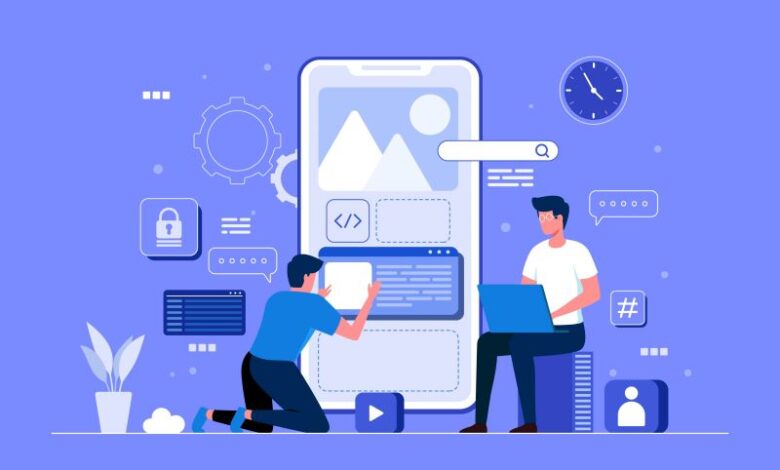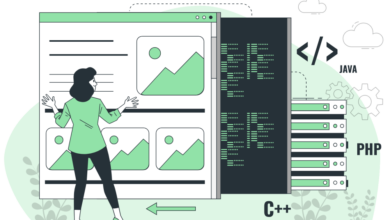How Much Does It Cost to Build an App in 2024

Creating an app is a significant investment, and businesses often wonder how much does it cost to build an app in today’s competitive market. Whether you’re a startup or an established company, understanding the various factors that influence app development costs is crucial for budgeting and planning. From design and functionality to platform choices and maintenance, each aspect plays a vital role in determining the overall cost.
In this guide, we’ll explore the different factors involved in app development, break down potential costs, and provide insights on how to get the most value for your investment.
Factors That Influence App Development Costs
Before diving into specific numbers, it’s important to recognize the many variables that contribute to the final cost of an app. Here’s what you should consider:
1. App Complexity
The complexity of your app is the largest factor affecting its cost. Apps can range from simple applications with minimal features to complex, enterprise-level solutions with advanced functionalities. Here’s a breakdown of different complexity levels:
- Basic Apps: These apps have a few essential features like login, simple user interfaces, and basic functionality. Examples include calculators or simple task organizers.
- Moderate Apps: These include more features, such as user accounts, social media integration, and some backend infrastructure. Apps like food delivery services fall into this category.
- Complex Apps: These are large-scale applications that require custom APIs, extensive backend development, real-time features, and complex algorithms. Examples include apps like Uber or Instagram.
2. Design and User Experience (UX)
The design of your app is crucial to its success. A well-designed app provides an intuitive user experience, while a poorly designed one may drive users away. Investing in a professional designer can significantly impact the cost but also ensures higher user retention.
3. Platform: iOS, Android, or Both?
The platform you choose plays a key role in development costs. iOS and Android have different development requirements, and developing an app for both platforms simultaneously (cross-platform) typically increases the cost. Alternatively, you could opt for native development for each platform, which usually results in higher quality but also a higher price.
4. Backend Development
Backend development is responsible for the database, user authentication, and server-side logic of your app. A complex backend with real-time updates, chat features, and integrations will increase your app’s cost significantly.
5. App Maintenance and Updates
The development process doesn’t end after launch. Regular maintenance and updates are essential for keeping the app functional and relevant. Plan for post-launch expenses such as bug fixes, performance improvements, and new feature updates.
How Much Does It Cost to Build an App in 2024?
Let’s now break down the actual costs involved in building an app in 2024, based on varying complexity and features:
1. Simple App Development Costs
For a simple app with basic features, the development cost typically ranges from $10,000 to $50,000. These apps take about 2 to 3 months to build. Ideal for small businesses or those looking for a minimum viable product (MVP), simple apps are a cost-effective entry into the mobile market.
2. Moderate App Development Costs
A moderately complex app with features such as social media integration, in-app purchases, and a custom user interface can cost between $50,000 and $150,000. The timeline for development is generally around 4 to 6 months. These apps provide more value to users but require a larger investment.
3. Complex App Development Costs
For a highly complex app, such as an e-commerce platform, streaming service, or on-demand service like Uber, costs can range from $150,000 to $500,000 or more. These apps typically take 9 months to over a year to fully develop, but they offer advanced functionality that can scale with your business.
Breaking Down the Costs: What You’re Really Paying For
To fully understand the costs, it’s essential to look at the individual components of app development:
- Project Management: Efficient coordination between development, design, and testing teams.
- UX/UI Design: Custom graphics, animations, and intuitive interfaces that enhance user experience.
- Front-End and Back-End Development: Building both the user-facing part of the app and the server-side infrastructure.
- Testing and Quality Assurance: Ensuring the app is bug-free and functions well across all devices.
- Launch and Marketing: Preparing your app for release on app stores and marketing it to your target audience.
How to Optimize Your App Development Budget
Understanding the factors that affect app costs helps you budget better. Here are a few tips to get the most out of your investment:
- Start Small with an MVP: Instead of launching with a full-fledged app, consider starting with a minimum viable product (MVP). This allows you to test your app in the market, gather feedback, and make improvements before investing further.
- Outsource to Experts: Hiring an experienced app development company can save you time and resources. Agencies with a strong portfolio can bring your vision to life more efficiently, while avoiding costly mistakes that come from working with inexperienced developers.
- Cross-Platform Development: If you’re targeting both Android and iOS users, consider using cross-platform development frameworks like Flutter or React Native. These allow you to build one app for both platforms, reducing overall development time and cost.
Conclusion
So, how much does it cost to build an app in 2024? The answer depends on your app’s complexity, features, and design preferences. Whether you’re creating a simple app or a more sophisticated solution, having a clear understanding of the costs involved will help you plan your budget effectively.
As mobile apps continue to shape the digital landscape, investing in a well-built, feature-rich app can offer significant returns for your business. Take the time to outline your goals, hire experienced developers, and prioritize user experience to ensure long-term success.
For more interesting blogs click here.




